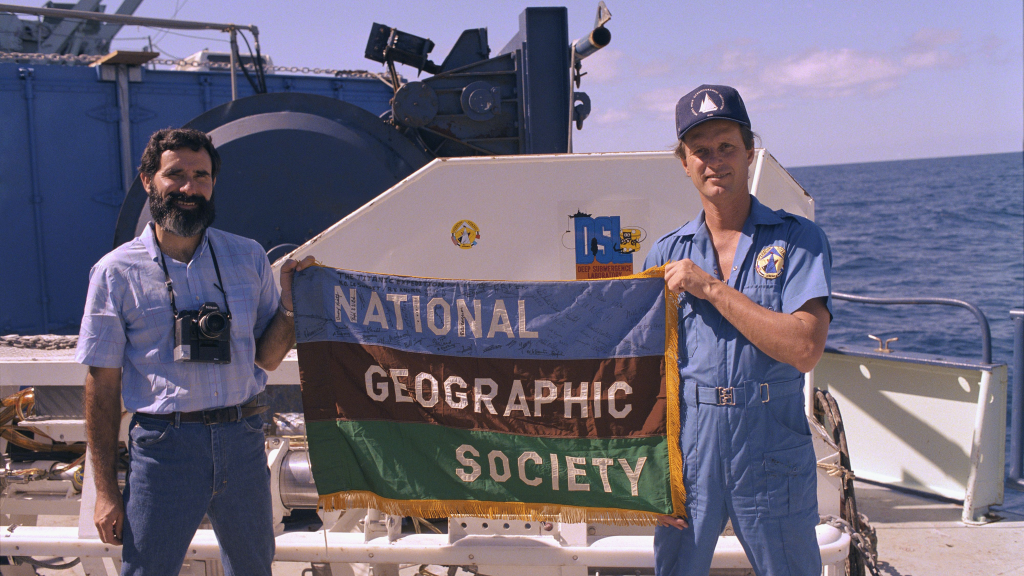In 1985, the world stood in amazement as images of the RMS Titanic’s wreck emerged from the ocean floor. Decades after the ship’s tragic sinking in 1912, the once-elusive vessel had finally been found. The man behind the mission, oceanographer Robert Ballard, became an instant celebrity. The discovery captured the public’s imagination, triggering a wave of documentaries, books, and, eventually, blockbuster films.
But what the public didn’t know at the time was that the Titanic wasn’t Ballard’s original target. The expedition that found one of the world’s most famous shipwrecks was actually part of a covert U.S. Navy operation during the Cold War. And the Titanic was a secondary objective a cover story for something far more secretive.
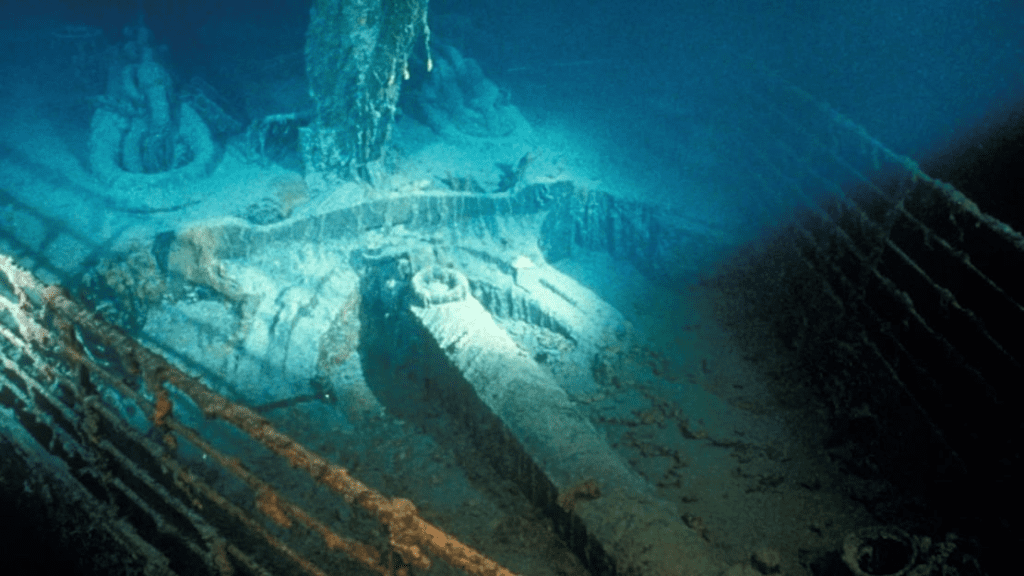
A Cold War Assignment Underwater
During the height of Cold War tensions, the United States Navy was deeply concerned about the fate and condition of two sunken American nuclear submarines: the USS Thresher and the USS Scorpion. Both had mysteriously gone down in the 1960s, with all crew lost, and both carried classified technology and potentially radioactive material that the Navy needed to assess.
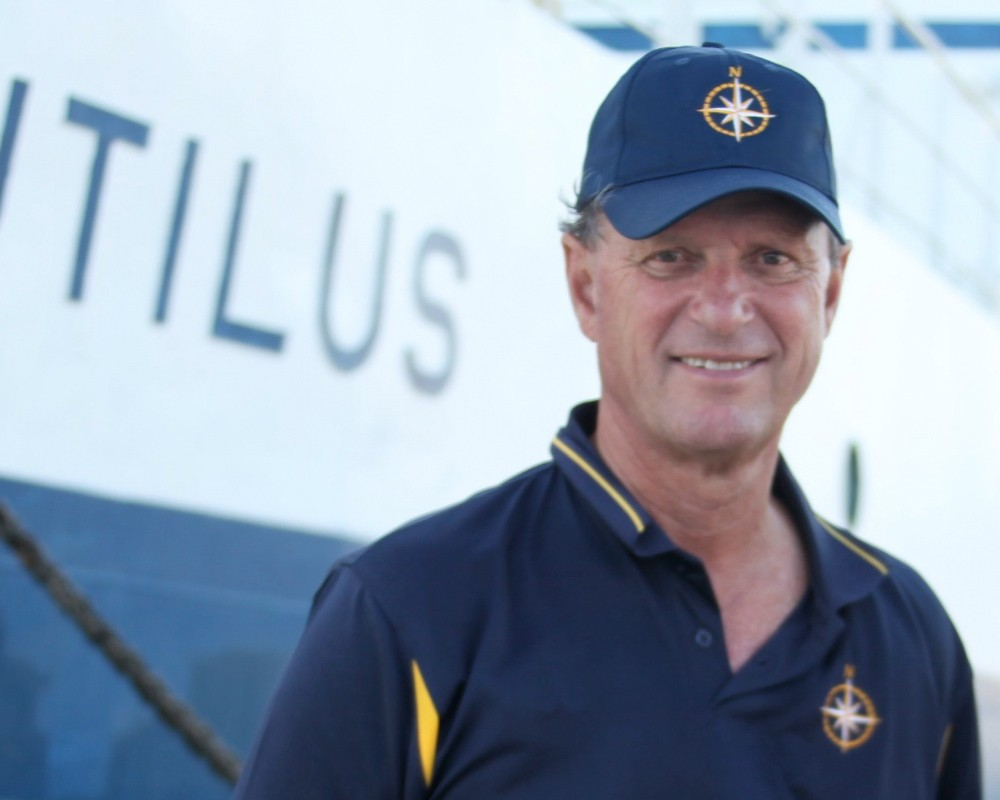
Robert Ballard had approached the Navy with a proposal: he wanted funding and access to use a new deep-sea submersible system he was developing to search for the Titanic. The Navy was interested in his technology, particularly its ability to explore wrecks at extreme depths without using manned submersibles. But they had a different mission in mind.
The agreement was simple: Ballard could search for the Titanic but only after he completed a secret mission to locate and investigate the remains of the Thresher and Scorpion.
Video:
Titanic expert Bob Ballard reacts to ‘catastrophic implosion’ of missing submersible
The Real Mission: Mapping Nuclear Wrecks
The Navy wanted to ensure that the wrecks of their submarines had not been disturbed by foreign powers, especially the Soviet Union. Using his advanced towed camera system called Argo, Ballard and his team meticulously examined both sites, capturing critical data and imagery. They confirmed that the submarines had broken apart upon impact with the seafloor and that there was no evidence of tampering.
It was this successful completion of the submarine missions that gave Ballard the green light to use his remaining time and resources to search for the Titanic.
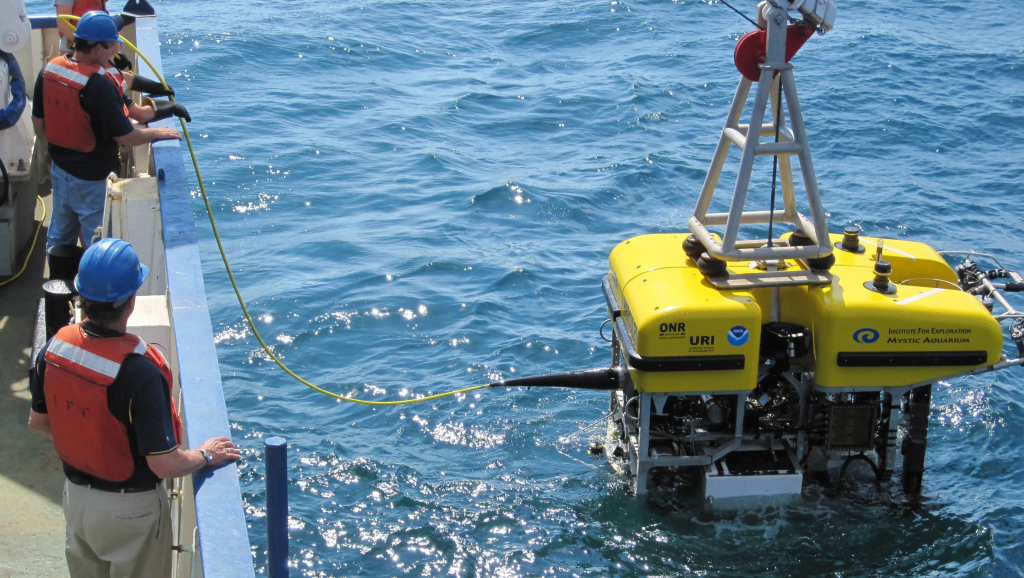
The Titanic Search: A Narrow Window of Opportunity
With just 12 days left on his expedition, Ballard turned his attention to the North Atlantic. Years of previous searches for the Titanic had failed, largely due to the vastness of the ocean and the difficulty of locating such a massive object in complete darkness, more than two miles beneath the surface.
Ballard’s breakthrough came not from trying to find the ship directly, but from studying how debris from shipwrecks spreads across the ocean floor. By following this trail known as the debris field his team located broken pieces of the Titanic, and eventually the intact sections of the ship itself.
On September 1, 1985, the ghostly image of the Titanic’s bow came into view. The moment was historic but very few knew just how much had to happen before it could even begin.
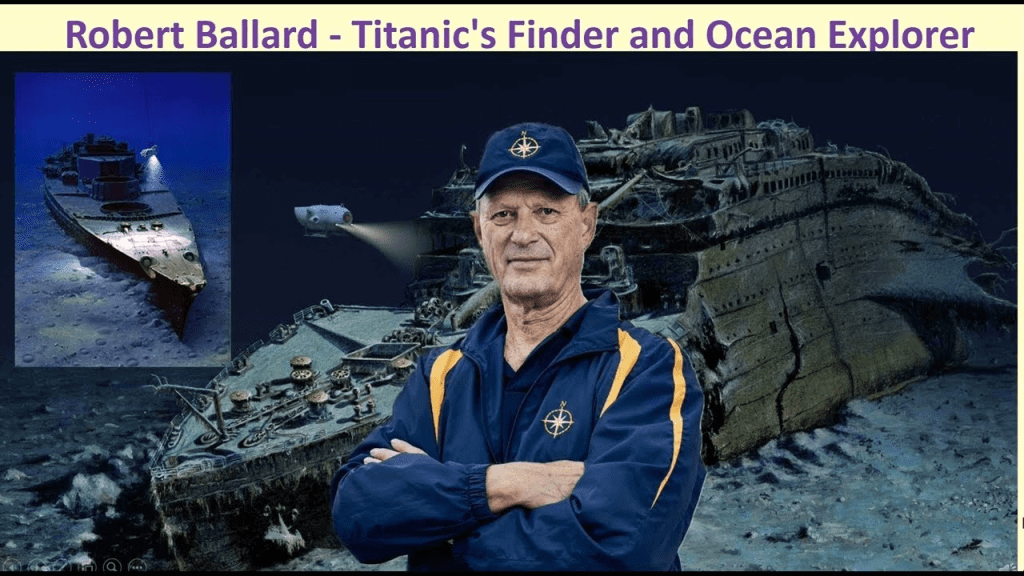
A Discovery That Changed More Than History
The Titanic’s discovery was celebrated worldwide, but only years later did the truth about the Navy’s involvement surface. In a 2008 interview, Ballard revealed the real reason he had been allowed to launch the expedition in the first place. What seemed like a purely academic or historical mission had, in fact, been a critical military operation.
Video:
On exploring the oceans – Robert Ballard
This revelation doesn’t diminish the achievement. If anything, it highlights how one of history’s most iconic discoveries was made possible by a blend of scientific ambition and strategic necessity.
Conclusion: The Ocean Hides More Than Shipwrecks
The story of the Titanic’s discovery is more than a tale of lost luxury and tragic history it’s also a lesson in how stories unfold beneath the surface. Behind every great find, there may be unseen forces and hidden motives at play.
Robert Ballard’s 1985 mission proves that science, politics, and mystery often go hand in hand. Thanks to his skills and the needs of a Cold War-era Navy we didn’t just learn where the Titanic rests. We gained insight into how history is often shaped by what happens behind the scenes.
